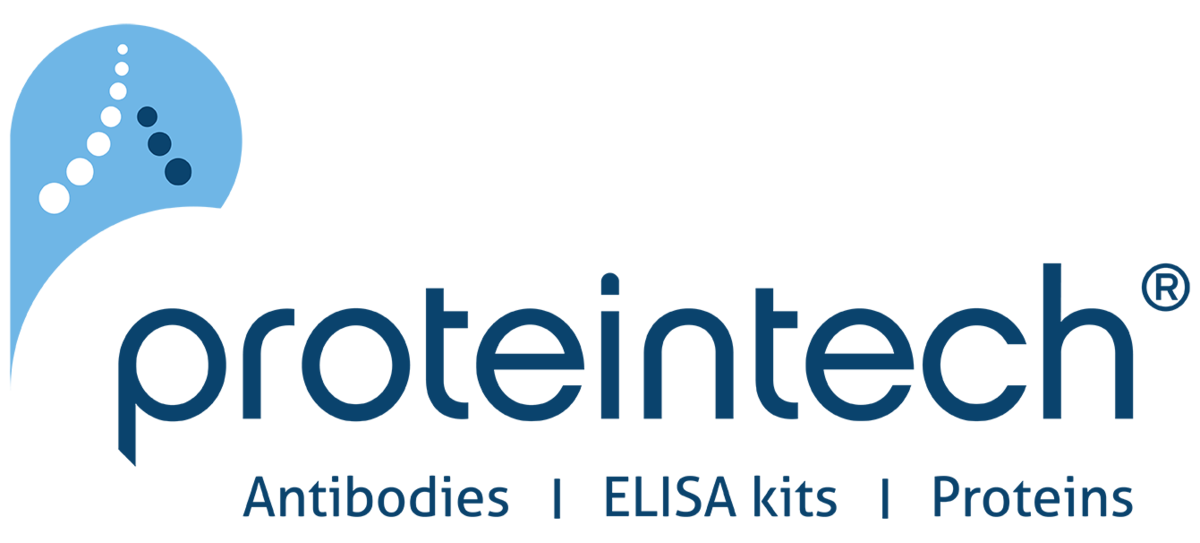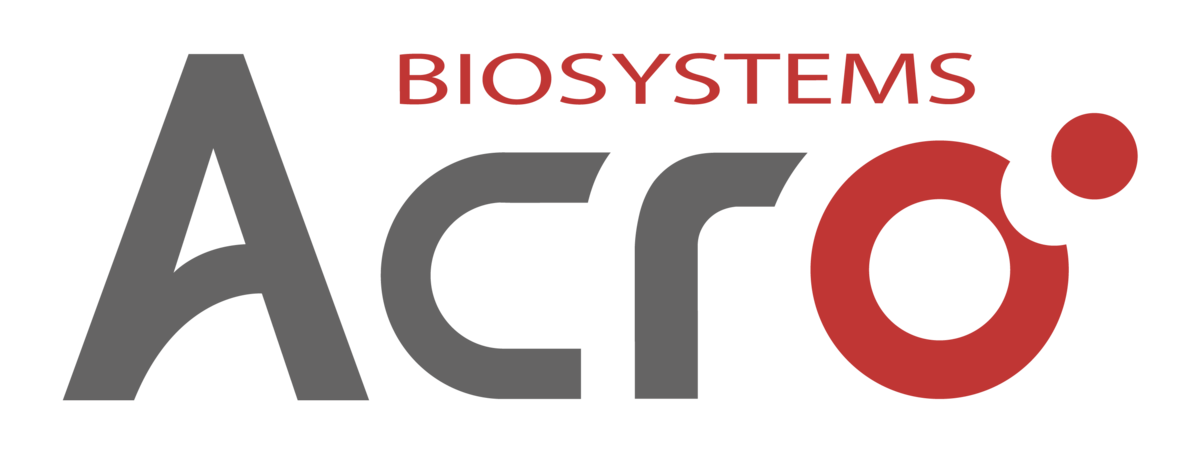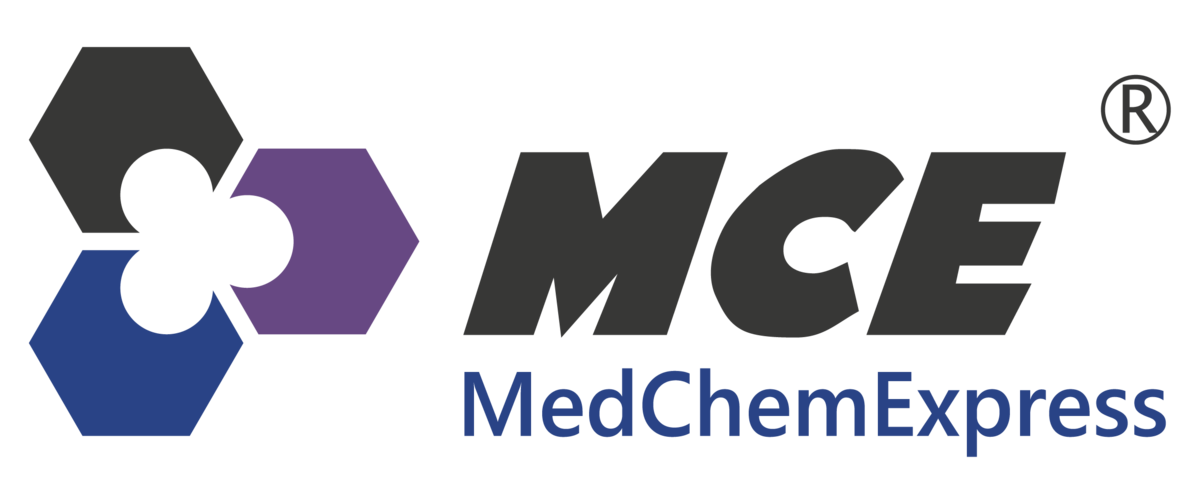Pluripotent stem cells or adult stem cells
Researchers new to oganoids have learn how to establish an organoid culture. First of all, we will explain the origin of the organoids. Then we will study whether adult stem cells (ASCs) or pluripotent stem cells (PSCs) are the better choice.
Organoids have great potential in research of organ development, disease modeling, drug screening and, precision and regenerative medicine[4]. Different tissue-derived organoids have successfully been generated from adult stem cells (ASCs) and pluripotent stem cells (PSCs). They can proliferate indefinitely in culturing conditions and have shown the ability to differentiate and re-organise mimicking the organ of origin[8].
The composition and organization of cells within organoids is dictated by the identity of the tissue being grown which in turn affects the overall size and shape of the organoid[1]. Since different cell types originate from different developmental stages and have different differentiation fates, the origin of the cell population is particularly important when studying the mechanisms of organoid formation.
Figure 1. ASCs and PSCs-derived organoid culture protocols[1]
A: ASC-derived organoids are grown from healthy or tumourous tissue biopsies. Tissues are processed into a single cell suspension which is directly embedded in an extracellular matrix. Media containing numerous growth factors, which vary dependent on the tissue being grown, is added and regularly changed until organoids have expanded.
B: PSC-derived organoids originate with 2D cultures of PSC’s that are grown into aggregates/spheroids. At this point, they may be embedded in an extracellular matrix and expanded to maturity using a growth factor rich media that is specific to the tissue of interest.
PSCs-derived organoids
PSC-derived organoids are mainly used to study organogenesis and developmental events that lead to tissue formation[9]. Organoids derived from PSCs are promising platforms for modeling organs for which tissue samples are not readily available, such as the brain, and for simulating the developmental process of organogenesis. Some types of organoids can only be generated from PSCs, including neurectodermal organoids, such as optic cup and brain organoids, and mesodermal kidney organoids.
Endoderm-derived epithelial organoids, such as gastrointestinal and respiratory organoids, can also be generated from PSCs. PSCs can be differentiated into endodermal progenitors, which are then embedded in ECM-protein-rich matrices, in which they mature under appropriate stimuli to form structures similar to native organs.
In contrast to their ASC-derived analogues, they also contain a mesenchymal layer and are usually larger, but, once established, they cannot be easily propagated by simple passaging[11].
Organoids generated from PSCs are (neurectoderm) retinal organoids, brain organoids, adenohypophysis organoids, cerebellar organoids; (endoderm) stomach organoids, small intestinal organoids, liver organoids, lung and thyroid organoids; (mesoderm) kidney[2].
Figure 2. Schematic of the Various Organoids that Can Be Grown from PSCs and the Developmental Signals that Are Employed[2]
However, PSC-derived organoids very rarely reach an adult tissue stage in vitro and usually resemble fetal-stage tissues. One possible reason for the limited maturation of PSC-derived organoids is the fact that development towards more mature cell types requires continuous culture for periods of time that typically exceed the capacity of the actual culturing methodologies. Another possibility is that, in contrast to ASC-derived organoids, cells in PSC-derived organoids are missing crucial interactions with other co-developing cell types because of our limited capacity to fully reconstruct embryonic developmental processes in vitro[9].
ASCs-derived organoids
ASCs-derived organoids are established by directly dissociating tissues of interest and culturing under conditions of tissue-specific growth factors for extended periods of time. The first organoids to be established are small intestinal organoids marked with Lgr5+ (Intestinal Organoid Culture Medium). For most ASCs-derived organoids, Wnt activators (Wnt3a , R-spondins , or the small molecule GSK3 inhibitor CHIR-99021) are key components and that Lgr5+ stem cells invariably appear in such specific culture medium[2].
Comparison of pluripotent stem cells and adult stem cells
Although both PSCs and ASCs-derived organoids can grow long-term in culture conditions, they differ markedly in developmental stages, cell types, and complexity.
| Advantages | Limitations | |
|---|---|---|
| ESC/iPSC-based organoids | Potential to generate organoids for any type of tissue including ones difficult to access (eg, human brain organoids) Ability to form organoids consisting of heterotypic lineage cells, which is closer to the physiologicalstatus Resource availability through existing iPSC banks Capacity to study diseases manifesting at various human developmental stages | Organoid generation protocols are more complex and time consuming in general Resultant organoids are immature and less functional in general, and may need additional culture for maturation |
| ASC-based organoids | Robust protocols available for long-term culture and cryopreservation of several types of organoids Protocols require fewer steps and generally less time overall Recapitulate original tissue phenotypes more consistently Malignant organoids (tumoroids) can be generated too | Need organ samples containing stem cells to begin |
Figure 3. Comparison between PSC(ESC/iPSC)-based organoids and ASC-based organoids[3]
Gastrointestinal organoids derived from ASCs contain only organ-specific epithelial cells and stem cells, whereas organoids derived from PSCs contain epithelial and mesenchymal cells, including fibroblasts and smooth muscles because PSCs can differentiate into multiple cell types.
While PSC-based organoids exploit developmental processes for their establishment, ASCs can be forced to form organoids by creating conditions that mimic the stem cell niche environment during physiological tissue self-renewal or during damage repair[2]. Although both retain the genetic information of original cells, ASC-based organoids tend to reproduce the original tissue phenotype directly. In contrast, organoids derived from PSC(ESC/iPSC) seem to have an ability to form more complex structures, likely due to their pluripotency potential. In a practical sense, ASC-based organoid protocols are simpler than ESC/iPSC-based organoids, because ASCs are already committed to organ-specific differentiation[3].
Since organoids-unlike cell lines-ideally represent all cellular components of a given organ, they are theoretically well suited for infectious disease studies, particularly of pathogens that are restricted to human beings and are dependent on specialized cell types[2]. In accordance with this global trend, the organoid industry continues to grow throughout the world, and organoid research and the market for organoids have been boosted by the demand for efficient and rapid drug development in response to the COVID-19 pandemic[4].
Related products
Cytokines & growth factors
Wnt3a Wnts are involved in regulating cell development, proliferation, differentiation, adhesion, polarity, cell-cell communication, survival and self-renewal. Wnt3a is one of the most critical morphogens in organoid cultures. |
EGF Epithelial tissue growth factor EGF binds to its receptor and induces proliferative changes. EGF is a factor required for the organoids culture of gastrointestinal tract, liver, thyroid, and brain etc. Shop from HumanKine/Proteintech Shop from ACRObiosystems Shop from MedChemExpress |
R-spondin-1 R-spondin-1 plays a role in stem cell self-renewal and activation of Wnt signaling. It induces proliferation of intestinal crypt epithelial cells, healing of intestinal epithelial, renewal of intestinal epithelial stem cells, and is a key factor for the maintenance and proliferation of mouse/human stem/progenitor cells in organoids. Shop from HumanKine/Proteintech Shop from ACROBiosystems Shop from MedChemExpress |
Noggin Noggin is an endogenous inhibitor for bone morphogenetic proteins (BMP), regulating cell differentiation, proliferation and apoptosis. It is one of the most basic factors in organoid culture. Shop from HumanKine/Proteintech Shop from ACROBiosystems Shop from MedChemExpress |
BMP-2 BMPs play crucial role in embryogenesis, development and maintenance of tissue homeostasis Shop from HumanKine/Proteintech Shop from ACROBiosystems Shop from MedChemExpress |
Small molecules & inhibitors
CHIR-99021 Selective GSK3 inhibitor for the generation of organoids. CHIR99021 + Valproic acid or CHIR99021 + LDN-193189, can synergistically promote the maintenance of |
Valproic acid Inhibitor of HDAC; in organoid cultures, the combination of Valproic acid and CHIR99021 synergistically promote the maintenance of Lgr5+ ISCs in a self-renewing and undifferentiated state, resulting in ISCs-enriched cultivation. CAS Number: 99-66-1 |
LDN-1931890 A selective BMP type I receptor inhibitor with IC50 of 5 nM and 30 nM for ALK2 and ALK3, respectively. CAS Number:1062368-24-4 |
IWP-2 Inhibitor of Wnt processing and secretion with IC50 of 27 nM. CAS Number 686770-61-6 |
DAPT Inhibits Notch 1 signaling and induces cell differentiation. CAS Numbe 208255-80-5 |
Suppliers

Proteintech - HumanKine - GMP-grade cytokines expressed in human cells
Proteintech HumanKine - GMP grade, fully recombinant cytokines & growth factors. HumanKine proteins are expressed in human HEK293 cells, ideal for cell culture.

ACROBiosystems
ACROBiosystems is a leading manufacturer of recombinant proteins and other critical reagents to support the development of target therapeutics, vaccines, and diagnostics.

MCE - MedChemExpress
MedChemExpress offers high quality small molecules, reference compounds, APIs & natural compounds and inhibitor libraries. Supreme quality and rigorous QC testing by HNMR, LC-MS and HPLC - stability testing. Most compounds are tested for activity.

TargetMol
TargetMol offers compound libraries and a wide range of high-quality inhibitors, activators, natural compounds, peptides, antibodies, and novel life-science kits for laboratory and scientific use.
References
[1]. Nino Iakobachvili, Peter J Peters. Humans in a Dish: The Potential of Organoids in Modeling Immunity and Infectious Diseases. Front Microbiol. 2017 Dec 5;8:2402.
[2]. Hans Clevers. Modeling Development and Disease with Organoids. Cell. 2016 Jun 16;165(7):1586-1597.
[3]. Noriko Watanabe, Katherine E Santostefano, Naohiro Terada, et al. A pathologist's perspective on induced pluripotent stem cells. Lab Invest. 2017 Oct;97(10):1126-1132.
[4]. Hanbyeol Lee, Jeong Suk Im, Da Bin Choi, Dong-Hun Woo. Trends in the global organoid technology and industry: from organogenesis in a dish to the commercialization of organoids. Organoid 2021;1:e11.
[5]. Kai Kretzschmar, Hans Clevers. Organoids: Modeling Development and the Stem Cell Niche in a Dish. Dev Cell . 2016 Sep 26;38(6):590-600.
[6]. Onur Basak, Joep Beumer, Hans Clevers, et al. Induced Quiescence of Lgr5+ Stem Cells in Intestinal Organoids Enables Differentiation of HormoneProducing Enteroendocrine Cells. Cell Stem Cell. 2017 Feb 2;20(2):177-190.e4.
[7]. Claudia Corrò, Laura Novellasdemunt, et al. A brief history of organoids. Am J Physiol Cell Physiol. 2020 Jul 1;319(1):C151-C165.
[8]. Angela L Caipa Garcia 1, Volker M Arlt, David H Phillips. Organoids for toxicology and genetic toxicology: applications with drugs and prospects for environmental carcinogenesis. Mutagenesis. 2021 Jun 19;geab023.
[9]. Giuliana Rossi, Andrea Manfrin, Matthias P Lutolf. Progress and potential in organoid research. Nat Rev Genet. 2018 Nov;19(11):671-687.
[10]. Maarten H Geurts, Jelte van der Vaart, Hans Clevers, et al. The Organoid Platform: Promises and Challenges as Tools in the Fight against COVID-19. Stem Cell Reports. 2021 Mar 9;16(3):412-418 .
[11]. Xiaolei Yin, Benjamin E Mead, Jeffrey M Karp, Oren Levy, et al. Engineering organoids. Cell Stem Cell. 2016 Jan 7;18(1):25-38.



